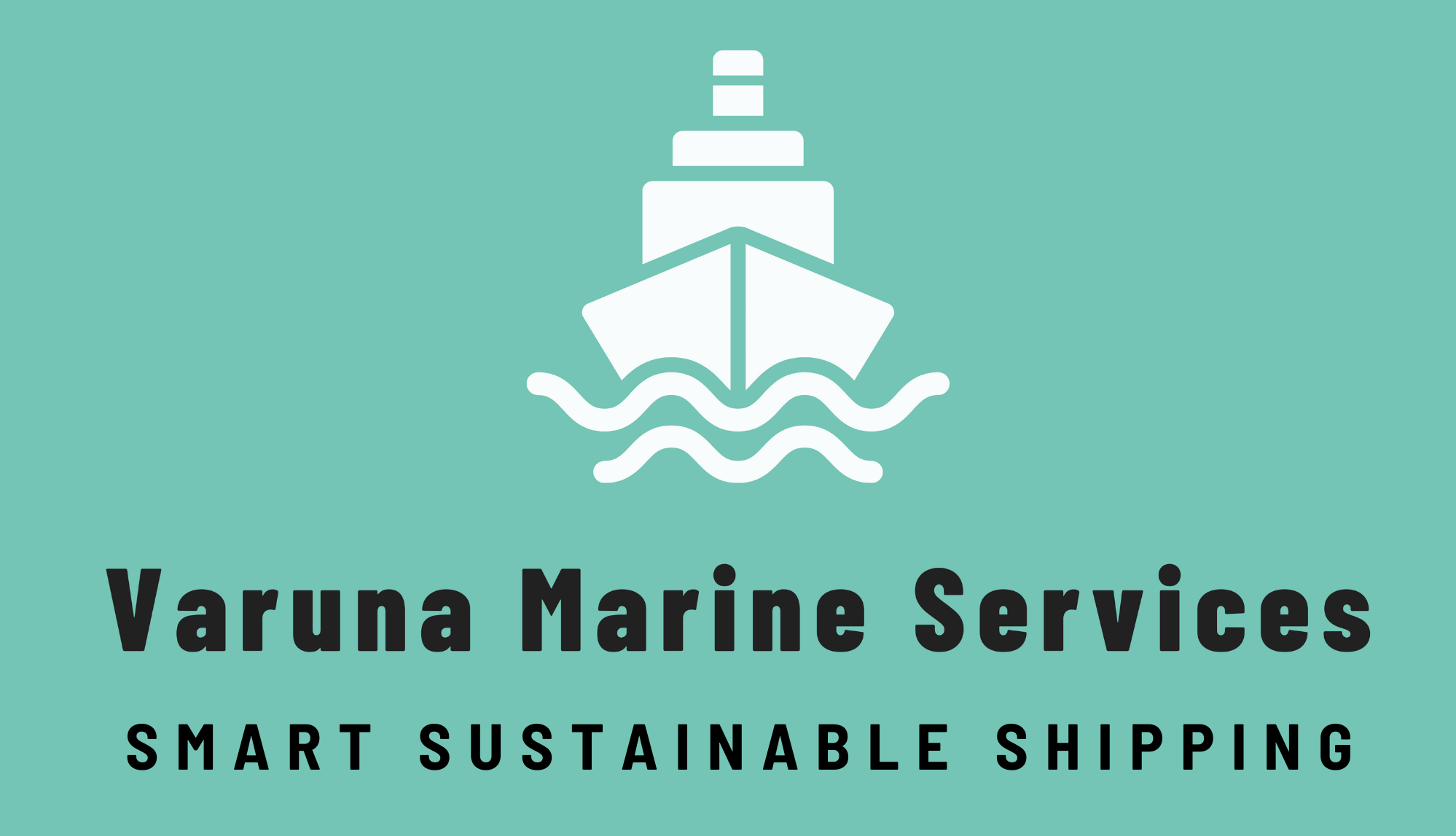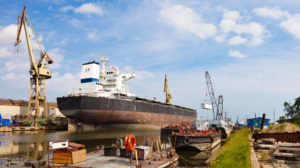An IHM gives insight into the presence of dangerous substances on board a ship and thus minimizes the risks to the health of employees and the environment. The report not only indicates which hazardous substances are present; it also indicates the quantities and their specific properties. For example, IHM tests the presence of PCBs and mercury (Compounds), asbestos, radioactive substances, and chromium 6. An IHM report is “dynamic” which means that the report will eventually cover the entire life cycle of a Vessel.
In the previous part, we highlighted the importance and benefits of an IHM. This part highlights the key governing bodies related to an IHM. There are 4 major regulators when we talk about IHM, namely:
- International Maritime Organisation (IMO)
- Hong Kong International Convention – 2009
- EU Ship Recycling Regulation (EU-SRR)
- European Maritime Safety Agency (EMSA)
International maritime Organisation (IMO)
The IMO was established in 1948 in Geneva. The main mission and responsibility of the International maritime organization are to develop and preserve a comprehensive framework of regulations and policies for the shipping industry and its activities like maritime security, safety, technical cooperation, environmental concerns and legal matters.
Considering the above responsibilities of the IMO and the growing concern about the health, safety, environment, and welfare matters in the ship recycling industry, IMO on a final act of conference i.e., International Conference on the Safe and Environmentally Sound Recycling of Ships (SR/CONF/46) the Hong Kong International Convention for the Safe and Environmentally Sound Recycling of Ships, 2009 was adopted on 19th May 2009.
Under article 38(a) of the Convention on the International Maritime Organization concerning the functions of the Marine Environment Protection Committee (MEPC) conferred upon it by international conventions for the prevention and control of marine pollution from ships and recalling the International Conference on Hong Kong International Convention for the Safe and Environmentally Sound Recycling of Ships 2009 the guidelines MEPC. 197 (62) for the development of the Inventory of Hazardous Material (IHM) was adopted in 2011.
Later at its sixty-eighth session, the recommendation made by the Sub-Committee on Pollution Prevention and Response at its second session, the 2015 guidelines MEPC.269(68) for the development of the Inventory of Hazardous Materials came into force and supersedes the guidelines adopted by resolution MEPC.197(62).
Hong Kong International Convention – 2009
One of the key requirements of the HKC will be for ships over 500 GT, operating in international waters, to maintain an IHM. Only warships, naval auxiliary and governmental non-commercial vessels are exempt from the requirements of the HKC. The IHM has three parts as mentioned in point 1 above.
Once the convention has entered into force, each new ship shall have on board an IHM Part I. Existing ships will also need to compile IHM Part I. Once compiled, IHM Part I is to be maintained during the ship’s operational life.
The convention will entry into force when not less than 15 States have either signed it without reservation as to ratification, acceptance, or approval, or have deposited the requisite instrument of ratification, acceptance, approval, or accession in accordance with Article 16 of the convention.
The combined merchant fleets of the States mentioned in above paragraph constitute not less than 40 per cent of the gross tonnage of the world’s merchant shipping and the combined maximum annual ship recycling volume of the States mentioned above during the preceding 10 years constitutes not less than 3 per cent of the gross tonnage of the combined merchant shipping of the same States.
As per the regulation 5 in Chapter 2 of the convention Each new ship shall have on board an Inventory of Hazardous Materials.
The Inventory shall be verified either by the administration or by any person or organization authorized by it considering guidelines, including any threshold values and exemptions contained in those guidelines, developed by the Organization. The Inventory of Hazardous Materials shall be specific to each ship.
The existing ships shall comply as far as practicable with the above paragraph not later than 5 years after the entry into force of this Convention, or before going for recycling if this is earlier, taking into account the guidelines developed by the Organization and the Organization’s Harmonized System of Survey and Certification. The Hazardous Materials listed in Appendix 1, at least, shall be identified when the Inventory is developed. Prior to recycling the Inventory shall, in addition to the properly maintained and updated.
EU Ship Recycling Regulation (EU-SRR)
The Regulation (EU) no 1257/2013 of the European Parliament and of the Council of 20 November 2013 on ship recycling (EU SRR) is a regional regulation that entered into force in 2013. The regulation also lays down rules to ensure the proper management of hazardous materials on ships.
The Regulation (EU) no 1257/2013 is the ratification of the Hong Kong International Convention for the Safe and Environmentally Sound Recycling of Ships, 2009 also known as The Hong Kong Convention. This regulation applies to the ships flying the flag of a Member State and to ships flying the flag of a third country calling at a port or anchorage of a Member State.
This regulation does not apply to:
- Any warships, naval auxiliary, or other ships owned or operated by a state and used, for the time being, only on government non-commercial service.
- Ships of less than 500 gross tonnages (GT).
- Ships operating throughout their life only in waters subject to the sovereignty or jurisdiction of the Member State whose flag the ship is flying.
The requirements of EU-SRR states are:
- By the date of general application, EU-flagged new ships will need an IHM in the building contract. (Note this date will be no later than 31/12/2018).
- By 31 December 2020 EU-flagged existing ships will need to maintain a certified IHM on board.
- By 31 December 2020 non-EU flagged existing ships calling at a port or anchorage of an EU member state must have onboard an IHM with a valid Statement of Compliance.
*Note: Also, the requirements for the IHM are aligned with the HKC. However, two additional hazards are required to be identified for an IHM which is compliant with the EU SRR: perfluoro octane sulfonic acid (PFOS) and hexabromocyclododecane (HBCDD).
European Maritime Safety Agency (EMSA)
In addition to the EU SRR text, the European Maritime Safety Agency (EMSA) has published the Best Practice Guidance on the Inventory of Hazardous Materials (28 October 2016). Study of two hazardous substances (PFOS and HBCDD) included in the annexes of Regulation (EU) 1257/2013 on ship recycling (13 November 2017).
Varuna Marine Services B.V. is certified with all major classification society and flag states to carry out IHM Part I, Part II, and Part III. Our global network of certified Hazmat experts allows us to deliver a technically sound IHM inspection with a high degree of efficiency. Reach out to us to discuss your requirements at: IHM@varunamarine.eu




